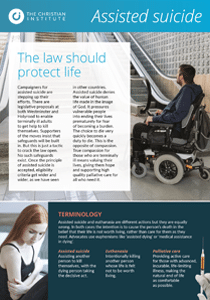A major breakthrough in producing stem cells to treat diseases without destroying human embryos has been described by one scientist as “a home run”.
This is the latest advance in non-embryonic stem cell research, which has already yielded over 70 medical therapies.
Research using human embryos has failed to produce any treatments so far, leading more and more scientists to move over to non-embryonic alternatives.
The breakthrough came when team in Germany found that by harvesting cells from a patient’s testicles, they could produce stem cells which would be genetically compatible with the patient.
These could then be nurtured by scientists into almost any other type of body tissue and, it is hoped, used to treat the patient without being rejected by his immune system.
“We made them into skin, structures of the gut, cartilage, bone, muscle and neurons,” said Thomas Skutella who led the team at the University of Tubingen in Germany.
Dr Skutella reportedly believes that a female equivalent could be found in women’s eggs.
The discovery is a “home-run” that “bypasses the ethical and immunological problems associated with ESCs [embryonic stem cells]”, according to American stem cell specialist Robert Lanza.
Robin Lovell-Badge of the Medical Research Council, an advocate of embryonic stem cell research, said the research is “important as it suggest a way of obtaining patient-specific cells for research into the causes of genetic disease and perhaps their cures.”
Measures to liberalise the law on the use of human embryos in research, including the creation of animal-human embryos, are contained in the Human Fertilisation and Embryology Bill.
The Bill is expected to pass through its Remaining Stages later this month.


